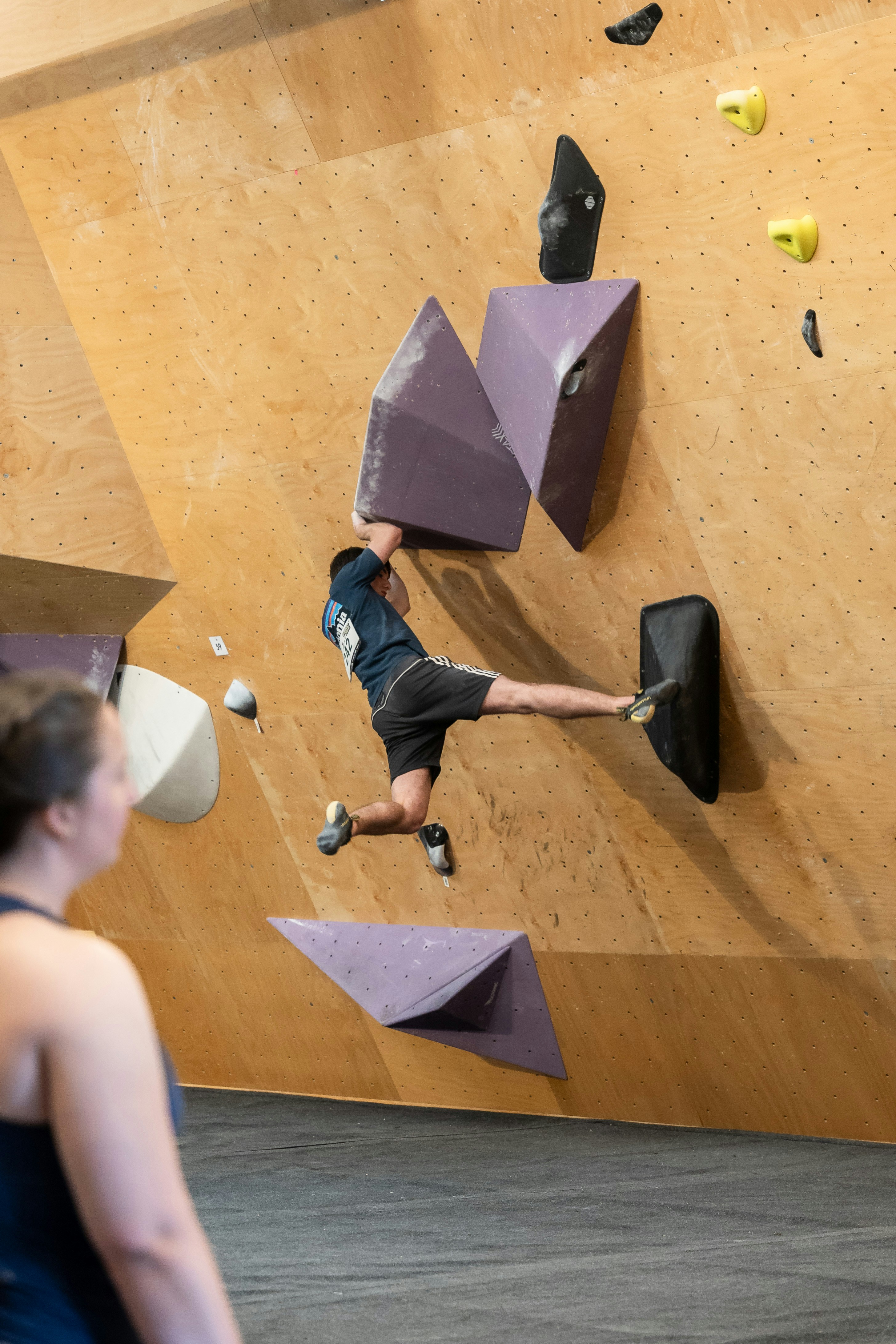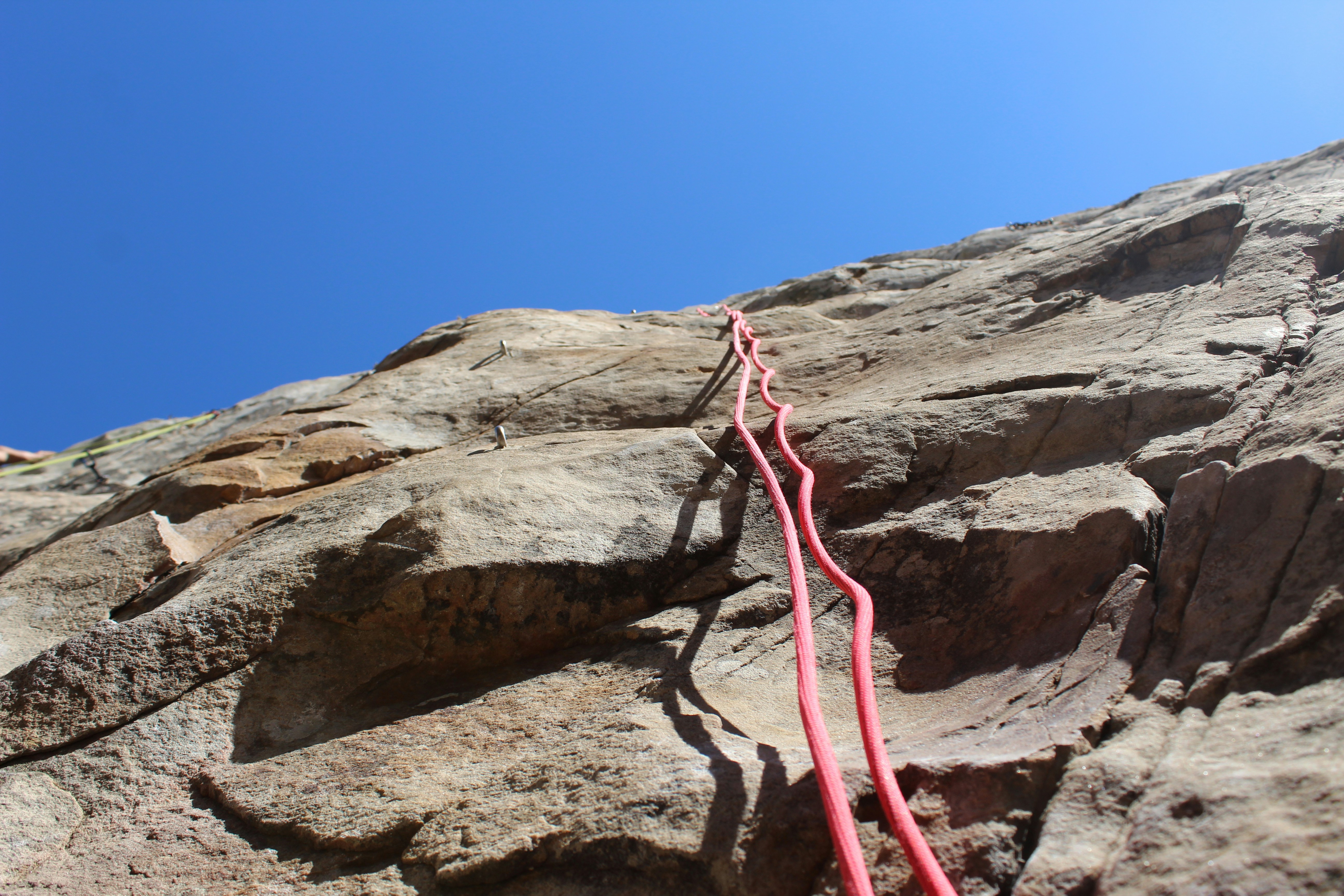Three days from now, the climbing world turns its attention to Seoul, South Korea, where the 2025 IFSC Climbing World Championships will unfold from September 21-28. This isn't just another major competition - it's a preview of climbing's future at the 2028 Los Angeles Olympics and potentially the most significant championships in the sport's competitive history.
The timing couldn't be more perfect. With the World Cup series concluding just weeks ago in Guiyang, athletes have had enough time to peak for these championships while maintaining their competitive edge. What makes this event special isn't just the caliber of athletes expected to compete, but what it represents for the sport's evolution.
Why Seoul 2025 Matters More Than Previous Championships
This year's championships carry unusual significance because they offer our first glimpse into climbing's Olympic future. After Tokyo 2020's combined format and Paris 2024's refined two-event structure (boulder/lead combined plus standalone speed), Los Angeles 2028 will feature all three disciplines as completely separate Olympic events. Seoul gives us a preview of this format in action.
The psychological impact on athletes is already noticeable. Instead of managing energy across combined events, climbers can now specialize fully in their strongest disciplines while still competing across others. This shift fundamentally changes how athletes prepare and compete, making these championships a testing ground for new strategies.
For the first time in years, we're seeing athletes openly discussing their chances of medaling in multiple individual disciplines rather than hoping to balance weaknesses in a combined format. That confidence translates into better climbing and more exciting competitions for spectators.
The Athletes Everyone's Watching
Janja Garnbret arrives in Seoul as perhaps the most dominant athlete in any sport today. Her record speaks for itself - multiple Olympic golds, countless World Cup victories, and an almost supernatural ability to perform under pressure. But here's what makes her Seoul campaign interesting: she's no longer carrying the burden of covering weaknesses in a combined format.
Garnbret can now focus entirely on her strengths in boulder and lead, potentially setting new standards in both disciplines. Her recent training videos show technical improvements that seemed impossible for someone already at her level. The question isn't whether she'll medal, but whether she'll redefine what's possible in competitive climbing.
Jakob Schubert brings a different energy to these championships. The Austrian powerhouse has been climbing's most consistent male performer across multiple formats, and the standalone discipline approach plays directly into his strengths. His rivalry with other top lead climbers has been brewing for months, and Seoul offers the perfect stage for settlement.
But let's talk about the real fireworks potential - the speed climbing events. Sam Watson from the United States and Aleksandra Miroslaw from Poland are both coming off seasons where they've been trading world records. The speed wall in Seoul isn't just about winning; it's about how far they can push human limits on a climbing wall.
Watson's recent sub-4.9-second climbs have people questioning what's physically possible, while Miroslaw continues to dominate women's speed with times that would have won men's competitions a decade ago. Both athletes have been vocal about their intentions to break their own world records in Seoul, setting up potentially the most exciting speed climbing sessions in championship history.
Technical Changes That Will Define These Championships
The route setting for Seoul deserves special attention. Early reports suggest the setting team is taking full advantage of the standalone format by creating discipline-specific challenges that wouldn't work in combined competitions. Bouldering problems are rumored to be more technical and less power-dependent than recent World Cups, rewarding precision and creativity over pure strength.
Lead routes are expected to feature more sustained climbing in the middle sections, where athletes traditionally manage energy for other disciplines. Without that concern, setters can create routes that demand full commitment from bottom to top. This should produce more decisive results and fewer ties decided by countback.
The speed wall itself brings interesting dynamics. While the route remains standardized, the pressure of championship competition often reveals technical details that matter at the highest level. Subtle differences in hold texture, wall temperature, or even lighting can affect times at the margins where records are broken.
What fascinates me most is how athletes have adapted their preparation specifically for these standalone formats. Training camps over the past year have shifted focus dramatically, with climbers spending more time perfecting specific techniques rather than managing transitions between disciplines.
The Broader Competition Field and Dark Horse Candidates
While the marquee athletes draw headlines, Seoul 2025 is shaping up as one of the deepest fields in championship history. The growth in global participation means strong athletes from countries that weren't competitive factors just a few years ago are now legitimate medal contenders.
Keep an eye on the emerging Japanese athletes who've been dominating youth competitions. Several have aged into senior competition this year with techniques that look different from traditional approaches. Their success could signal shifts in training methodologies that other nations will need to adopt.
European bouldering has evolved significantly over the past two years, with athletes from smaller climbing nations showing remarkable improvement in technical proficiency. The depth in men's bouldering especially has reached levels where any of a dozen athletes could realistically podium on the right day.
Speed climbing remains the most unpredictable discipline because margins are so tight. Athletes separated by hundredths of seconds in qualification can have dramatically different outcomes based on factors as small as reaction time variations or minor technical adjustments. This creates opportunities for breakthrough performances from athletes who might not be favored on paper.
The women's lead field presents perhaps the most intriguing competition dynamics. While Garnbret remains the clear favorite, the gap between her and the chasing pack has narrowed considerably. Athletes who previously focused on not falling too far behind are now actively strategizing to win, changing the tactical dynamics of how routes unfold.
Strategic Implications for Future Competitions
Seoul's results will influence competitive climbing for years beyond these championships. Training methodologies, tactical approaches, and even route setting philosophies will evolve based on what succeeds here. Athletes and coaches are already planning adjustments for 2026 based on expected Seoul outcomes.
The standalone format creates interesting strategic possibilities that haven't existed before. Athletes can now take calculated risks in individual disciplines without worrying about how it affects their overall combined score. This should lead to more aggressive climbing and potentially higher-level performances across all disciplines.
For route setters, Seoul represents an opportunity to establish new standards for discipline-specific challenges. The problems and routes created here will likely influence setter approaches for years, as they provide templates for what works when athletes can focus entirely on single disciplines.
The data and insights generated from Seoul will be invaluable for Los Angeles 2028 preparation. Every aspect of these championships, from athlete preparation strategies to competition formats, becomes a testing ground for Olympic approaches. Teams are treating this as their primary Olympic preparation opportunity.
What This Means for the Climbing Community
The excitement around Seoul extends well beyond elite competition. Local climbing communities worldwide are organizing viewing parties and following the competition with unprecedented enthusiasm. The standalone format makes it easier for casual fans to understand and appreciate the nuances of each discipline.
For aspiring competitive climbers, Seoul provides clearer pathways for specialization. Young athletes can now focus development on their strongest disciplines without being held back by weaknesses in others. This should lead to higher overall performance levels and more diverse competitive approaches.
The championships also represent a maturation point for competitive climbing as a spectator sport. The format changes, athlete personalities, and stakes involved are drawing attention from mainstream sports media in ways that previous championships haven't achieved.
Predicting the Unpredictable
Making specific predictions about Seoul feels almost pointless given how competitive the field has become, but certain trends seem likely to continue. Technical precision will matter more than ever in bouldering, with problems rewarding athletes who can execute complex sequences flawlessly under pressure.
Lead climbing should see more decisive separations between athletes, as routes can now be set without concern for managing energy across multiple disciplines. This might mean fewer ties and more definitive results, which benefits both athletes and spectators.
Speed climbing records seem almost inevitable given the trajectory both Watson and Miroslaw have been on. The question isn't whether records will fall, but how dramatically they'll be lowered. Sub-4.8 seconds for men and approaching 6.0 seconds for women both seem possible.
The most interesting unknowns involve how athletes handle the psychological pressure of standalone disciplines. Some may thrive with the ability to focus entirely on their strengths, while others might struggle without the safety net of combined scoring. Mental game will be crucial in ways it hasn't been before.
Beyond the Competition Itself
Seoul 2025 marks a turning point for competitive climbing that extends beyond any individual result. The sport is establishing its identity for the next Olympic cycle while proving it can sustain interest and growth independently of Olympic inclusion.
The championships represent validation for climbing's evolution from niche sport to mainstream athletic competition. The athlete quality, competition formats, and global interest levels all indicate a sport that has found its footing and is ready for continued growth.
For those of us who've followed competitive climbing's journey from small gym competitions to Olympic inclusion, Seoul feels like a culmination and a beginning simultaneously. The sport we've loved is now something bigger, with standards and stakes that would have seemed impossible just a decade ago.
The real victory in Seoul won't be measured just in medals won or records broken, but in demonstrating that competitive climbing has become something special - a sport that rewards creativity, precision, and determination in equal measure. That's worth celebrating regardless of which athletes end up on top of the podium.
As we count down the final hours before competition begins, one thing seems certain: Seoul 2025 will be remembered as the championships that showed us climbing's future, and that future looks pretty incredible from here.


